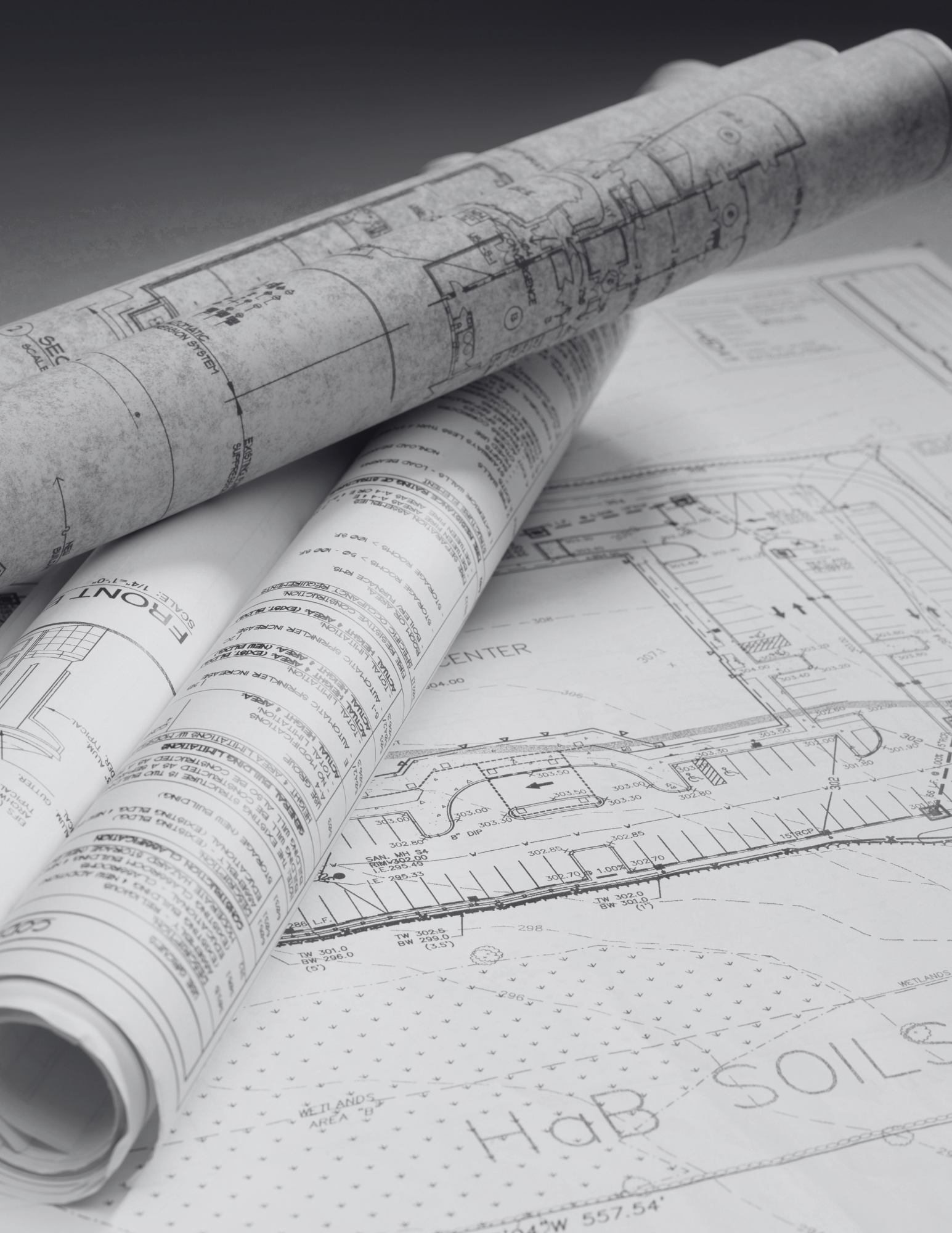Cost Segregation
Detailed Studies that Maximize Depreciation
What is Cost Segregation?
Cost Segregation is a tax-saving strategy used by owners of commercial property and residential rental properties to speed up depreciation deductions, defer taxes, and boost cash flow. A thorough study provides documentation for correctly classifying depreciable assets in a building and its exterior improvements. It's crucial to understand that Cost Segregation doesn't invent new deductions; it simply front-loads depreciation, allowing owners to benefit from the time value of money.
From a tax perspective, Cost Segregation should be standard practice for property owners and managers. Not only does it support accelerated depreciation by reallocating eligible assets into shorter lives, but it also offers valuable data for tax-related initiatives throughout the property's ownership.
What is a Cost Segregation Study?
A cost segregation study is a detailed analysis conducted by tax professionals or engineers to identify and reclassify specific components of a commercial or residential property for tax purposes. The primary goal of the study is to segregate assets within the property into shorter depreciation periods than the standard building depreciation timeline, typically 27.5 years for residential properties and 39 years for commercial properties.
During the study, various components of the property, such as equipment, fixtures, land improvements, and building systems, are categorized into different asset classes and examined to determine their eligibility for accelerated depreciation. This involves reviewing construction drawings, invoices, and other relevant documents, as well as conducting site inspections when necessary. These asset classes typically include:

Real Property
(Building Structure)
Depreciated over 39 years for non-residential properties or 27.5 years for residential rental properties.
Personal Property
(Furniture, Fixtures, and Equipment)
Depreciated over 5, 7, or 15 years, depending on the type of asset.
Land Improvements
(Landscaping, Parking Lots, Sidewalks, etc.)
Usually depreciated over 15 years.
Once eligible assets are identified, they are reclassified into shorter depreciation categories, such as 5, 7, or 15 years, based on IRS guidelines. This reclassification allows property owners to accelerate depreciation deductions, resulting in reduced tax liabilities and improved cash flow.
A comprehensive cost segregation study provides detailed documentation and a report outlining the findings, which can be used to support tax filings and withstand IRS scrutiny. It is an essential tool for property owners looking to maximize tax savings and optimize their financial strategies.
Eligibility of Building or Improvements
Determining the eligibility of building components or improvements for a cost segregation study involves evaluating several factors to ensure compliance with tax regulations. Here are some criteria typically considered:
- Time of acquisition or construction: Assets must have been acquired, constructed, or substantially renovated after 1986 to qualify for cost segregation.
- Useful life: Assets should have a determinable useful life separate from the building itself. Examples include certain types of equipment, specialized lighting systems, HVAC units, and plumbing fixtures.
- Depreciation recovery period: Assets must have a shorter depreciation recovery period than the building itself. For example, while buildings generally have a recovery period of 27.5 or 39 years, eligible assets might have a recovery period of 5, 7, or 15 years.
- Separability: Assets must be identifiable and separate from the building structure. This means they can be removed, replaced, or renovated independently without significantly affecting the overall structure.
- Documentation: Detailed records such as construction drawings, invoices, purchase orders, and asset listings are crucial for substantiating the cost segregation allocations.
- Taxpayer intent: The intent at the time of acquisition or construction should align with the purpose of claiming accelerated depreciation. This means the taxpayer must have intended to use the assets separately from the building to qualify for shorter depreciation periods.
- Compliance with IRS guidelines: Cost segregation studies must adhere to IRS guidelines and regulations to ensure accuracy and compliance. Working with qualified professionals familiar with these guidelines is essential (MACRS).
By carefully evaluating these factors, property owners can determine the eligibility of building components or improvements for inclusion in a cost segregation study, maximizing tax benefits and optimizing cash flow.
The CG Moneta
Advantage
The Cost Segregation landscape has undergone significant evolution over the past two decades. Now more than ever, property owners and accounting firms are seeking to partner with established specialists such as CG Moneta Consulting.
One of the most notable advancements in the Cost Segregation landscape was the establishment of industry standards by the American Society of Cost Segregation Professionals (ASCSP) in 2009. This marked the introduction of professional certifications, raising the bar for expertise and ethical conduct in Cost Segregation studies.
In an industry where expertise and specialization are crucial, CG Moneta Consulting is proud to have a team that includes 6 ASCSP Certified members. Although this number may appear modest, it holds considerable weight considering there are fewer than 50 Certified members nationwide.
CG Moneta Consulting remains dedicated to delivering top-tier Cost Segregation services, utilizing our extensive experience and ASCSP-certified expertise to maximize your tax benefits.
Specialized Tax Incentives
CG Moneta Consulting offers an array of specialized tax incentive services that align with the leading firms nationwide, ensuring comprehensive support and significant benefits for businesses across all industries and sizes. Our team combines expertise, industry knowledge, and innovative strategies to deliver tailored solutions that optimize tax incentives and maximize savings. Whether it's Cost Segregation, Research & Development Tax Credits, Energy Efficiency Deductions, or other specialized incentives, we provide thorough analysis, meticulous documentation, and strategic guidance to help businesses unlock their full tax-saving potential. With a commitment to excellence and a focus on client success, CG Moneta Consulting stands as a trusted partner for businesses seeking to navigate the complex landscape of tax incentives and realize substantial financial benefits.

112 Giffordtown Lane
Suite E
Little Egg Harbor, NJ 08087
(407) 796-2635
Email Signup
We will get back to you as soon as possible.
Please try again later.
CG Moneta | All Rights Reserved | Privacy Policy |






